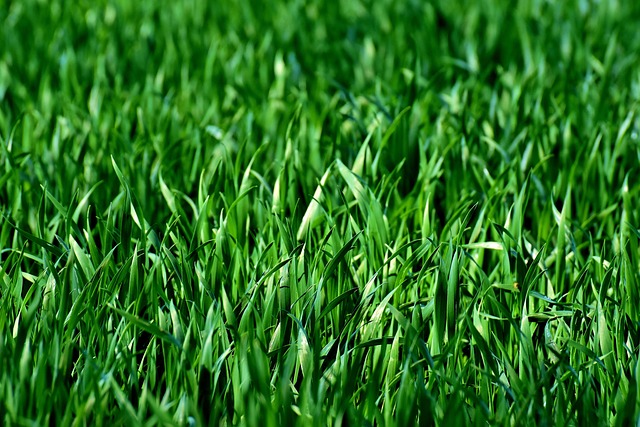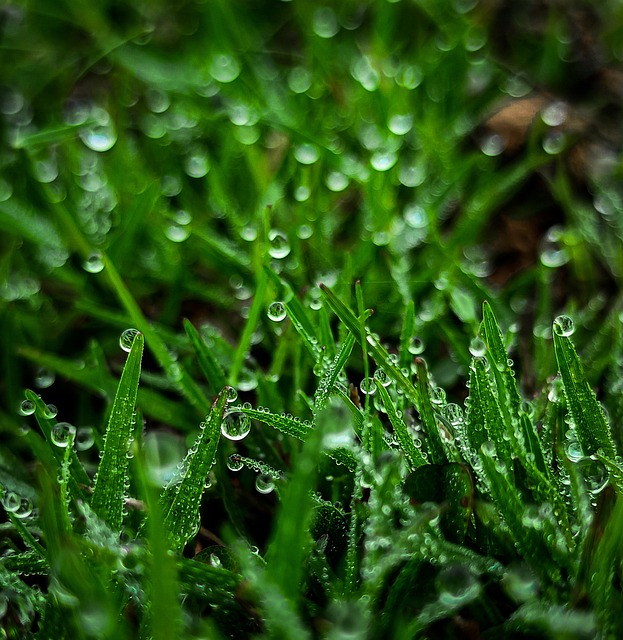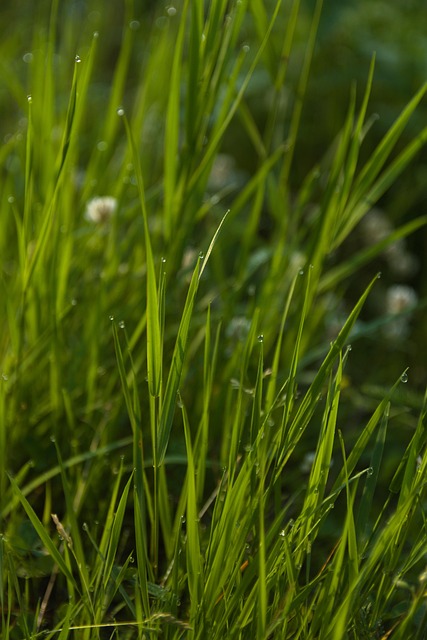Lawn care in Wheat Ridge requires understanding water needs of various species, climate considerations, and soil conditions. Efficient watering practices involve deep, infrequent summer watering to strengthen roots, avoiding shallow frequent watering that promotes weak roots. Monitoring soil moisture and optimizing water distribution ensure lawn health while controlling weed growth with strategic herbicide applications for right-of-way vegetation. Smart irrigation systems and seasonal adjustments further reduce water waste and costs. This holistic approach streamlines landscape management, enhancing aesthetics and safety.
In the pursuit of a lush, vibrant lawn, efficient watering practices are key. This article guides you through optimizing your lawn plant watering schedule, ensuring healthy growth while conserving resources. We delve into understanding the specific watering needs of lawn plants and strategies to optimize water distribution for maximum efficiency. Additionally, learn how integrating herbicide application can effectively manage right-of-way vegetation in Wheat Ridge, contributing to a well-maintained and controlled landscape.
- Understanding Watering Needs of Lawn Plants
- Optimizing Water Distribution for Efficient Use
- Integrating Herbicide Application for Vegetation Control in Wheat Ridge
Understanding Watering Needs of Lawn Plants

Lawn plants have distinct water requirements that vary based on species, climate, and soil conditions. Understanding these needs is crucial for optimizing watering schedules, which can save time, money, and resources while maintaining a lush and healthy lawn. In Wheat Ridge, where herbicide application for right-of-way vegetation is a common practice, efficient watering becomes even more critical to prevent weed growth and ensure the well-being of desired plants.
During hot summer months, grass typically requires deeper but less frequent watering compared to spring or fall. Shallow, frequent watering can lead to shallow root systems, making lawns more susceptible to drought stress. Conversely, adequate deep watering promotes robust root development, enabling lawn plants to access water and nutrients from deeper soil layers. Regular monitoring of soil moisture levels and adjusting watering schedules accordingly is essential for optimal plant health.
Optimizing Water Distribution for Efficient Use

In the pursuit of efficient lawn care, optimizing water distribution is a game-changer. A well-planned watering schedule ensures that each part of your lawn receives adequate hydration, promoting lush growth. This process involves understanding your lawn’s unique needs and incorporating strategies tailored to its soil type, climate, and vegetation density. For instance, in Wheat Ridge, herbicide application for right-of-way vegetation plays a crucial role in controlling unwanted plants, thereby improving overall water absorption and utilization.
By optimizing water delivery, you can significantly reduce waste and overhead costs associated with excessive watering. This includes employing smart irrigation systems that use sensors to detect soil moisture levels, ensuring water is delivered only when needed. Additionally, adjusting watering schedules according to seasonal changes ensures your lawn receives the right amount of hydration throughout the year, enhancing its resilience and health.
Integrating Herbicide Application for Vegetation Control in Wheat Ridge

In the context of lawn plant watering schedule optimization, integrating herbicide application for vegetation control in Wheat Ridge offers a strategic approach to enhancing overall landscape management. For areas known as right-of-way (ROW), which often include roadsides and medians, effective herbicide treatment can significantly reduce unwanted vegetation growth. This not only improves aesthetic appeal but also contributes to safety by mitigating potential obstruction risks.
Wheat Ridge residents and local authorities can benefit from a coordinated schedule that balances regular watering with targeted herbicide applications. By understanding the specific needs of different plant species and adjusting water distribution systems accordingly, it’s possible to foster healthier lawns while minimizing the growth of weeds and invasive plants. This holistic approach ensures a lush, well-maintained landscape while streamlining maintenance efforts and resources.
By optimizing lawn plant watering schedules and incorporating strategies like targeted herbicide application for right-of-way vegetation in Wheat Ridge, homeowners and maintenance professionals can achieve lush, healthy grass while conserving water. Understanding the specific watering needs of lawn plants and distributing water efficiently ensures optimal growth and reduces waste. These practices not only maintain a beautiful landscape but also contribute to sustainable water usage.
